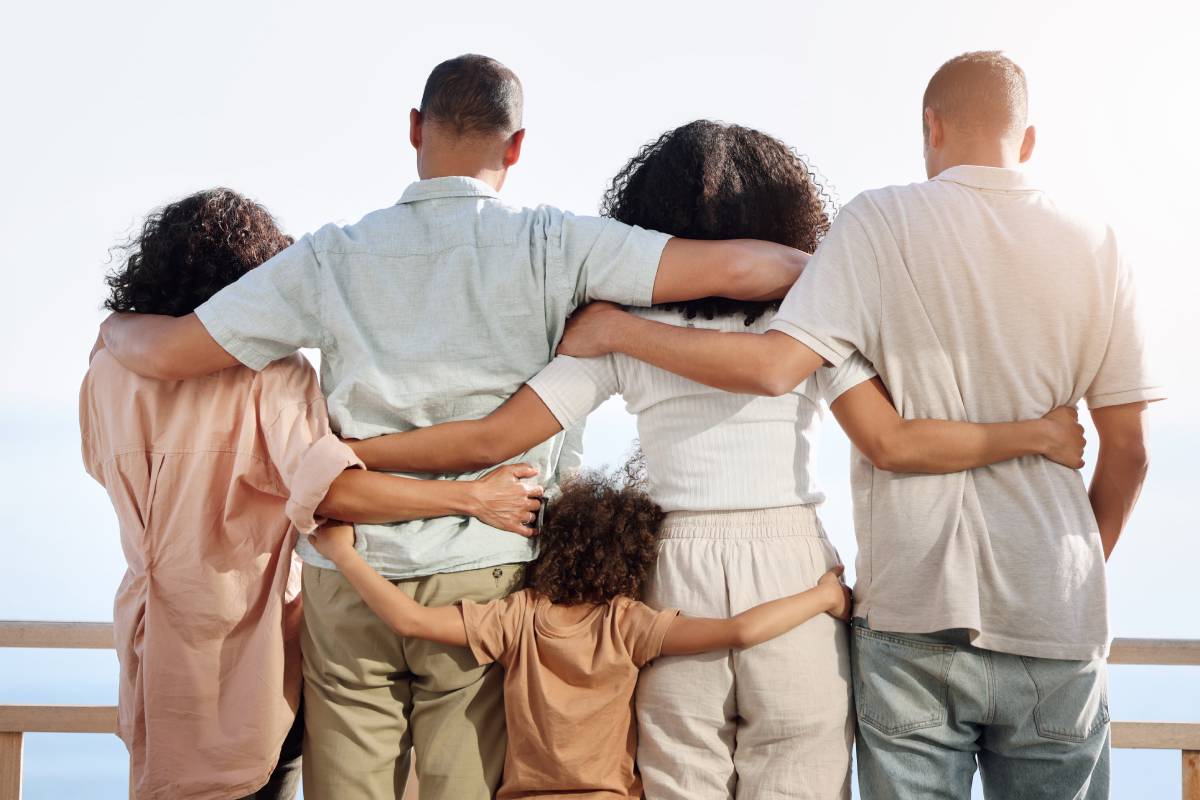
In today’s increasingly complex and fast-paced world, emotional well-being is more important than ever.
Yet, many people still struggle to feel safe expressing their thoughts, emotions, or vulnerabilities whether at work, in relationships, or even within their own families. This is where the concept of psychological safety becomes essential.
More than just a workplace buzzword, psychological safety is a powerful foundation for trust, connection, and mental resilience in everyday life. But what exactly is it? Why does it matter so much? And how can we cultivate it especially in the places that matter most, like our homes?
What Is Psychological Safety?

Psychological safety is the feeling that one can express thoughts, concerns, mistakes, or emotions without fear of humiliation, rejection, or retaliation.
Introduced by Harvard professor Amy Edmondson, the concept emphasizes a shared belief that individuals can take interpersonal risks safely within a group.
Though it began in workplace settings, it is now applied in various social and relational contexts. The focus is not on avoiding conflict, but on creating an open, respectful environment that fosters trust and genuine communication.
Why Is Psychological Safety Important?
Psychological safety plays a critical role in emotional health and effective relationships. When people feel psychologically safe, they are more likely to:
- Speak openly and honestly
- Take creative or innovative risks
- Admit mistakes and learn from them
- Seek help when needed
- Feel valued and connected
Conversely, environments that lack psychological safety often lead to:
- Fear of failure or judgment
- Emotional suppression
- Low self-esteem
- Increased stress and anxiety
- Breakdowns in communication
In workplaces, a lack of psychological safety can hinder collaboration and stifle innovation. At home, it can cause emotional distance, miscommunication, or long-term emotional damage, especially in children. Therefore, fostering psychological safety is essential in all areas of life, including our most personal relationships.
How Do We Create Psychological Safety?

Creating psychological safety involves intentional behavior, empathy, and consistent communication. Here are core principles that apply in both professional and personal settings:
1. Model Vulnerability and Openness
People are more likely to be honest and authentic when they see others do the same. Leaders, parents, and partners who openly acknowledge their own mistakes or emotions send a powerful message that imperfection is human and acceptable.
Saying things like, “I don’t know the answer, but I’m willing to find out,” or “I felt overwhelmed today,” can make it easier for others to share their own truths.
2. Listen Without Judgment
Active, non-judgmental listening is a cornerstone of psychological safety. When someone expresses a concern or emotion, resist the urge to correct, dismiss, or solve the problem immediately.
Instead, listen with the intent to understand. Reflect back what you hear, validate their feelings, and ask thoughtful questions. Phrases like “That sounds really tough thank you for sharing it with me,” can go a long way.
3. Encourage Curiosity and Questions
Make it clear that asking questions is not a sign of ignorance but a desire to learn. In work or educational settings, create space for people to voice uncertainties or propose new ideas.
In families, welcome your children’s or partner’s questions with openness. Say, “That’s a great question. Let’s explore it together,” instead of, “You should already know that.”

4. Respond Constructively to Mistakes
How mistakes are handled often determines whether people feel safe or ashamed. Instead of blaming or punishing, focus on what can be learned. For example, say, “What do you think went wrong, and how can we improve next time?” This promotes a growth mindset and encourages risk-taking, which is essential for innovation and personal growth.
5. Recognize and Appreciate Contributions
Everyone wants to feel seen and valued. Recognizing effort, progress, or courage especially in moments of vulnerability reinforces psychological safety.
This doesn’t mean giving false praise but being intentional about acknowledging what matters. For instance, “I really appreciate you being honest about how you’re feeling. That took courage.”
How Can We Create Psychological Safety at Home?

Home is where many of our core beliefs about safety, worth, and communication are formed. Thus, fostering psychological safety within the family is particularly impactful. Here’s how to build that foundation:
1. Establish a No-Blame Culture
In families where blame is the default response to conflict or mistakes, children and partners may become defensive, dishonest, or emotionally withdrawn. Instead, focus on shared solutions and understanding. Use “we” language, such as “How can we work through this together?”
2. Create Predictable Routines and Boundaries
Consistency helps people feel secure. When children know what to expect in terms of rules, routines, and emotional responses, they feel safer. This doesn’t mean rigid control, but rather dependable structure combined with warmth.
3. Be Emotionally Available
Make space for your family members to talk about their day, their emotions, and their concerns without interruption or judgment. Sometimes just being present, maintaining eye contact, and saying “I’m here if you want to talk,” is enough to make someone feel safe.

4. Respect Individual Differences
Every family member is different whether in personality, communication style, or emotional needs. Respect those differences by adjusting your approach accordingly. For example, an introverted child may need quiet time after school before they open up, while another may process their feelings aloud.
5. Practice Repair After Conflict
Disagreements are inevitable. What matters most is how they are resolved. After a heated moment, returning to the conversation with a calm attitude, an apology if needed, and a willingness to reconnect shows that safety isn’t broken by conflict—it can be reinforced by how we navigate it.
The Ripple Effect of Psychological Safety
When psychological safety is present in daily life, it doesn’t just make people feel good—it enables better decision-making, stronger relationships, and higher emotional intelligence, which can make you happier.
Children raised in psychologically safe homes are more likely to grow into resilient, empathetic adults. Teams led by psychologically safe leaders are more productive and innovative. Communities that foster it are more inclusive and just.
The beauty of psychological safety is that it’s contagious. When one person begins to model it, others often follow. It can start small with a parent saying “I was wrong,” or a friend listening without interrupting and grow into a culture of trust, authenticity, and support, ultimately contributing to happiness for everyone involved.
Final Thoughts
In a fast-paced and often critical world, psychological safety is not a luxury it’s a necessity. Creating it requires awareness, empathy, and intentional action.
Whether at home or elsewhere, when we foster environments where people feel safe to be themselves, we not only improve mental health but also cultivate the kind of deep human connection that enriches all aspects of life.
Psychological safety is not about avoiding discomfort it’s about knowing that discomfort can be faced together, without fear of losing respect, love, or dignity.




